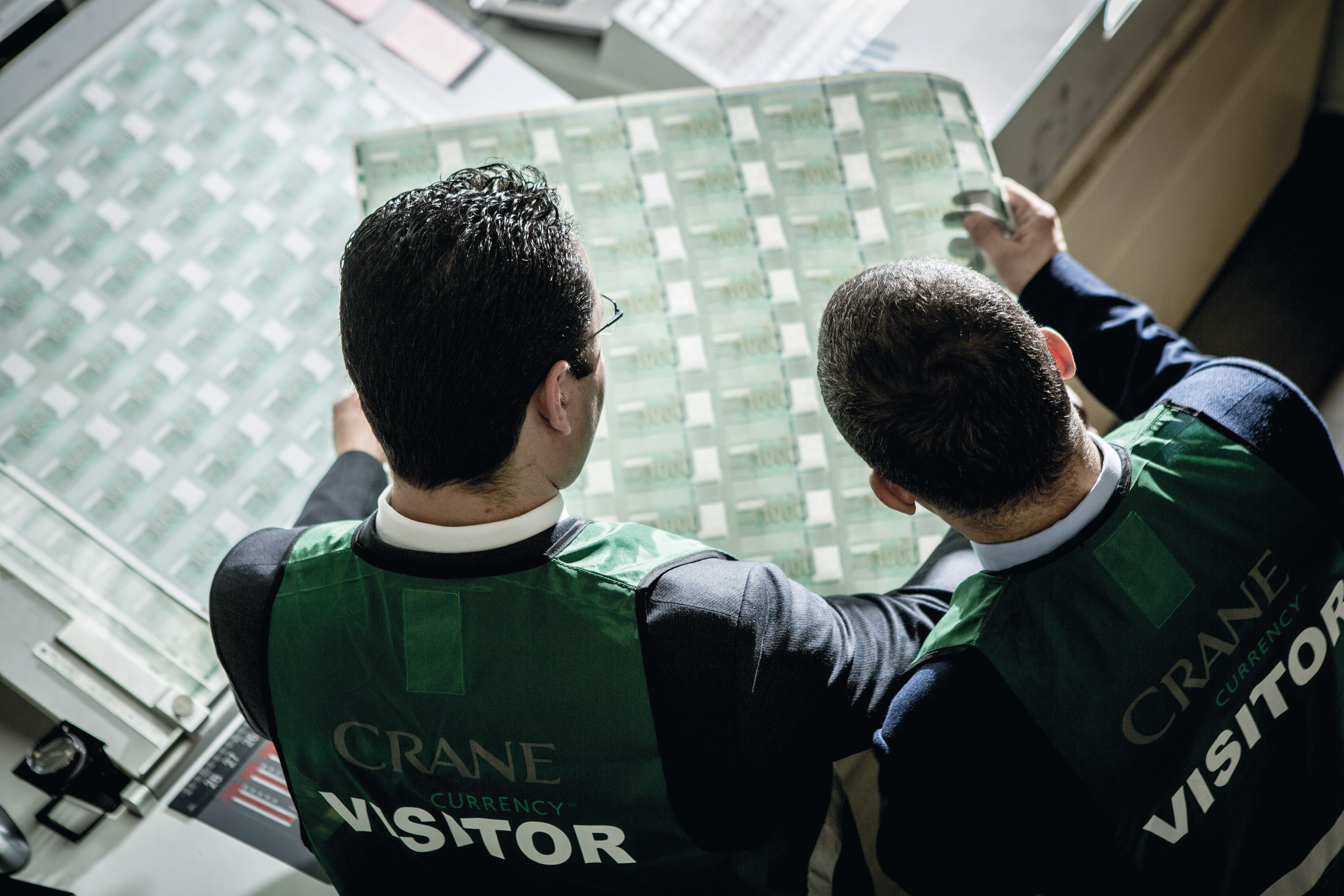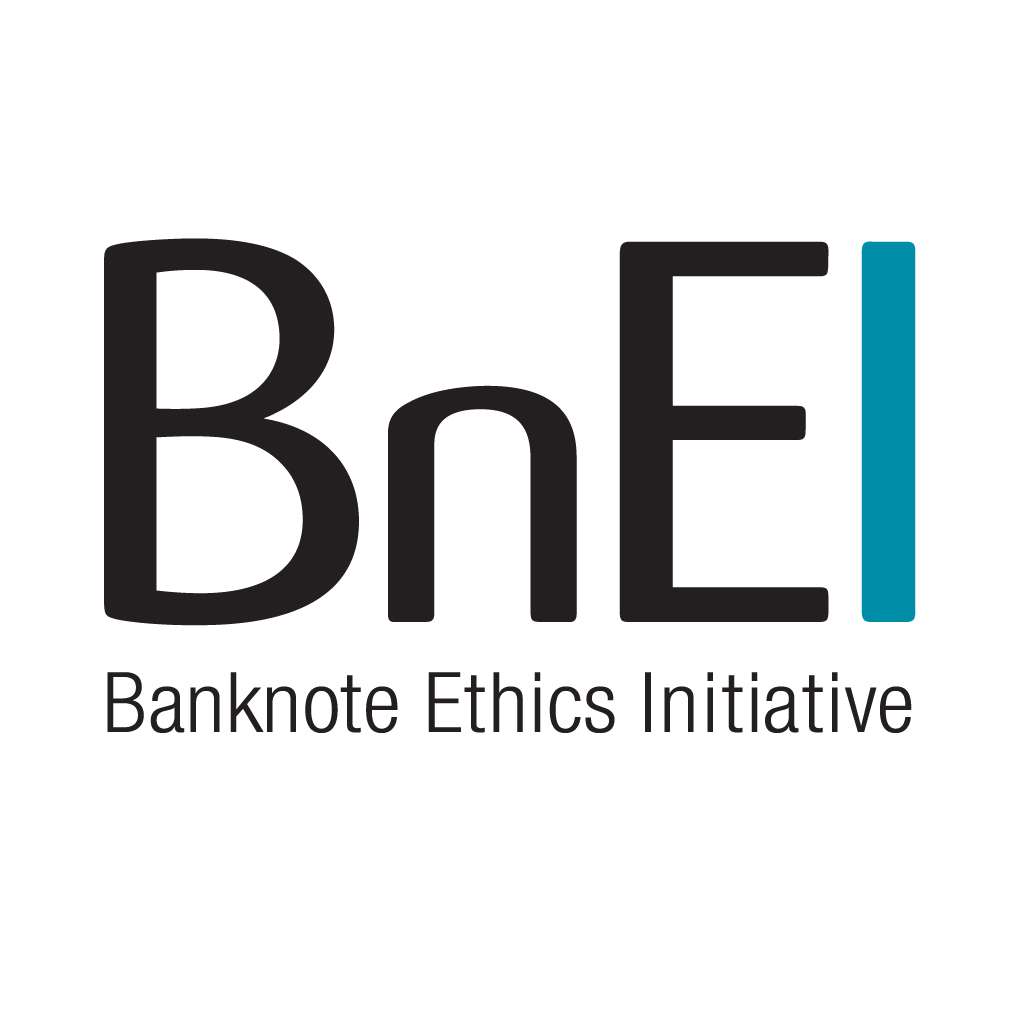Insights
How to Prepare Your Banknote Design and Printing Tender
Top Recommendations for Central Banks:
Tendering for the supply of banknotes and banknote design is a complex process – and achieving a successful outcome requires much preparation and an understanding of the needs of all stakeholders involved. Crane Currency frequently receives requests for guidance from central banks that wish to capture more value from their tenders. Within Crane Currency, no one has more to say on this subject than Elias Yayo, Crane Currency’s Director of Bid Management.

With 37 years in the industry and experience in almost every facet of banknote production, Elias offered his top recommendations for preparing banknote and design tenders that can offer greater value to central banks:
Take Control
First, I advise central banks to take control. Make sure that you are in the driver’s seat. Don’t let suppliers dictate how your banknotes will look or what they contain. You should be the one making those decisions.
To make well-informed decisions, be prepared to invest time and energy in gathering information from two sources:
1. Do your own research. It is crucial to investigate what your options are and get a wide perspective of possibilities and limitations. Preferably, the bank can perform its own studies, but for smaller central banks it might be difficult to invest resources in broad research. If that’s the case, there are independent research centers that can support. Another option: reach out to other central banks.
Big central banks, like in Mexico and the US, have invested a lot into research and investigations. You can view their actions from the outside and consider following them. Better still, pick up the phone. Discuss with other central banks what they are doing, and foremost, try to understand why they are doing it. Why did they pick this or that feature? What were the criteria they used for setting their specifications and conditions – and why?
2. Familiarize yourself with the market. There are many different suppliers out there and you can request from them information that allows you to make your own comparisons. Be open to learning about new features and evaluating various suppliers – the market is always changing.
It's very difficult to make changes once a tender is out. Greater interaction with suppliers – to understand opportunities and risks – will better prepare both you and them for the tender. A central bank should encourage supplier visits and discussions, and a time to review and comment publicly on proposed tender conditions and criteria. These can help central banks achieve an outcome of greatest value and lowest risk.
Have the End Goal in Mind
Before you sit down to create specifications, consider the end goal. Banknotes are made to serve the public and to protect your nation from counterfeiting and criminals. No country is the same and all have different needs, however, counterfeit resilience and durability are key needs. You don’t want banknotes to become unfit prematurely, i.e., within a couple of months of issuance. For example, humid circulation environments may well support the added costs of durable paper and varnishing, particularly on low denomination, high velocity banknotes. If counterfeiting is active in-country, or in neighboring countries, complex security features might be needed. Consider additional time in researching both the features available and the volume and quality of counterfeits in circulation.

Take control: When tendering for a new series, separate the design tender from the print tender. Combining these risks not specifying sufficient detail in one or both parts of the tender. Ambiguity invites suppliers to make interpretations that may not align with your end goal, and the designs may prioritize supplier preferences over yours. Be on the lookout for minimizing the use of intaglio print or absence of security features that may drive costs but are effective in thwarting counterfeiting. Similarly, lookout for the addition of an excess number of security features that drive unnecessary complexity and costs.
Tip: Ask suppliers for an explanation of their banknote design process. Understand the quality gates it offers, e.g., the review and approval of proof printing before advancing to full production, so you can take and stay in control.
Be Specific and Communicate Clearly
Misunderstandings and revisions are a headache for all involved, but thankfully there are ways to avoid them. One practical way is to make a habit of using well-structured templates. Templates can clarify and help communicate your needs. Whatever elements you want to ensure are included in the offers sent to you, include these in a template that you use for all suppliers!
These can include many aspects of performance and risk-mitigation, for example bid and performance bonds, pricing schedules, delivery schedules, product specifications, as well as documentation that attests to supplier abilities important in meeting your end goal. Templates not only make it much easier for the central bank to compare bids, they also make it easier for suppliers to understand your requirements and to submit a bid that can describe how they will meet them.

Well-structured tenders that deliver high value to central banks are built on well-structured templates. In recent years, I have seen that tenders have become more complete with information that clearly describes the central bank’s needs and priorities. It’s a very positive development. For example, I see more central banks assigning different proportional values to different parts of the bid. Price is always important, of course, but what of design, timing of delivery – and your ability to control the process?
Tip: Early in the process, identify all stakeholders impacted and involved in the new banknote creation, production and issuance processes. Ensure your template accounts for the interests of each. And start early. Creating and populating your template will take time. So will its revision after sharing with suppliers. This means that preparing and launching your tender will take longer, but the improved understanding between the central bank and suppliers will drive a smoother process and improve the odds that it will deliver a better result.
Consider Supplier Strengths and Weaknesses
As you conduct your research interacting with multiple suppliers, build your template. This will help differentiate supplier strengths and weaknesses as well as identify candidate security features. Not all of these may be relevant to meeting your end goal, but it will help you to avoid so-called showstoppers – specifications that bar all but a single supplier from submitting a complaint bid. If this ‘showstopper’ remains undiscovered, it can result in receiving only a single compliant bid or cancellation of the tender.
 Use industry recognized certifications. Look for suppliers with current BnEI and ISO certifications relevant to the banknote and security printing industry. These provide a good starting point for understanding a supplier’s management systems. Consider also the relevant experience of suppliers in producing banknotes that align with your specifications, including central bank references that document positive past performance.
Use industry recognized certifications. Look for suppliers with current BnEI and ISO certifications relevant to the banknote and security printing industry. These provide a good starting point for understanding a supplier’s management systems. Consider also the relevant experience of suppliers in producing banknotes that align with your specifications, including central bank references that document positive past performance.
Finally, consider how different suppliers might work together to meet your end goal. A proven security feature from one supplier may be inserted into paper by another supplier, and that paper printed by yet another. As the market disaggregates and central banks ‘pick and choose’ combinations that provide the greatest value, cooperation between suppliers and central banks will continue to increase.
To reiterate, assessment of supplier strengths and weaknesses is a critical step in creating a list of qualified bidders, i.e., those having the greatest chance of supplying you with your end goal requirements.
Tip: Consider an analysis of your current banknotes. Crane Currency offers central banks banknote analyses to discover potential ‘showstoppers’ that might impeded a competitive tender while also generating ideas on how to strengthen security and durability. Forensic analysis of counterfeit banknotes is another service offered by Crane which can provide guidance in designing new banknotes.
To conclude, preparing a tender for new banknotes is complex but suppliers and other central banks offer a source of help. Your end goal – specific only to your central bank – is an achievement that delivers the greatest value and lowest risk.